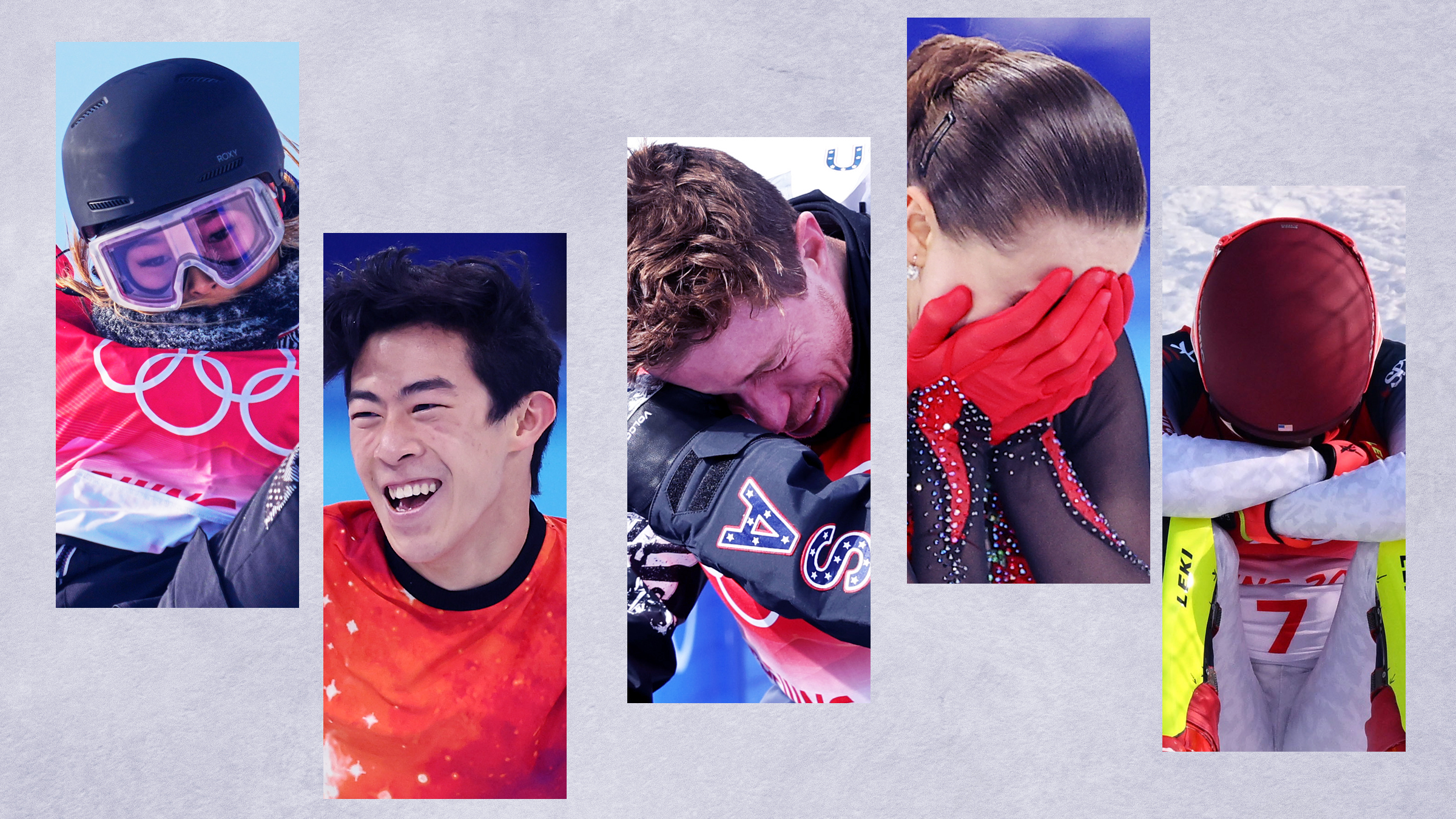The oldest event in Winter Olympics history will make yet another appearance as figure skating competition is set to take place in Beijing this February.
The United States is looking to redeem itself after a poorer-than-usual showing in figure skating at the 2018 PyeongChang Olympics. Typically one of the top performing countries, the United States managed just two bronze medals, failing to secure a gold for the first time since 2004 and not getting either a gold or silver for the first time since 1972.
WATCH ANYTIME FOR FREE
Stream NBC10 Boston news for free, 24/7, wherever you are. |
One of the most popular events among the fans, figure skating will take center stage with some of the most talented skaters in the world participating at the Capital Indoor Stadium.
What is the history of figure skating at the Olympics?
Get updates on what's happening in Boston to your inbox. Sign up for our News Headlines newsletter.
Figure skating first appeared at the Olympic Games in 1908 in London, which were actually Summer Olympics. The event appeared again in 1920 in Antwerp, then became part of the Winter Games when those Games were established in 1926 and has been ever since.
It began as just men’s singles, women’s singles and pairs before expanding in 1974 to ice dancing and then again in 2014 with the team event.
What are the different events in figure skating competition?
Beijing 2022 Winter Olympics
Watch all the action from the Beijing Olympics live on NBC
Figure skating at the Olympics consists of five different events: men’s singles, women’s singles, pairs, ice dancing and team.
The singles consists of one figure skater performing in two programs. The first program is referred to as the short program, which is two minutes and 50 seconds long. In this program, skaters are required to include a certain number of elements, which include footwork, spins, jumps, and combinations. The second program, known as the long program or free skate, is four minutes for women and four and a half for men. It’s worth two-thirds of the total score and is used to demonstrate creativity and artistry.
In the pairs events, it is set up the same as the singles with the two programs. With pairs, there are lifts, throws and more synchronized movements.
Ice dancing is quite similar to ballroom dancing. It’s always done in pairs, where the focus of the routine is on following the rhythm and giving an entertaining performance. There are no throws or jumps allowed in ice dancing.
The team event is composed of countries competing against each other rather than individual pairs or skaters in the short program, then the free skates. First is the short program, where each country has one participant for the four events: men’s singles, women’s singles, pairs and ice dancing. The routines are scored like normal, but depending on the total, event points are assigned to the ranking that those scores finish – for example, first place scores 10 points, second score nine and so on.
After all of the short programs are finished, the five countries with the highest point totals move on to the free skates, where once again, the score total determines the amount of points earned. The points from the short program and free skate are added to give a total, which determines who the winners are.
How are figure skating events judged?
In each figure skating event, there are nine judges that preside over the competition.
Each judge gives two scores: the Total Elements Score (TES) and Program Component Score (PCS). These two numbers are combined to give the Total Segment Score (TSS), which is used to dictate who has the highest score.
The TES judges the technicality of the routine, grading skating moves on the execution and difficulty. The nine judges will assess each specific move, awarding a Grade of Execution (GoE) between -5 and +5 points. Seven of the nine scores are randomly selected, where of the seven, the highest and lowest scores are excluded, and then the remaining five scores are averaged. This number is then added or subtracted from the base value score. This happens for each technical move in the routine, with all of these numbers added together to give you the TES.
The PCS judges five elements of the routine: skating skills, transitions, performance, composition, and interpretation of the music. The nine judges give a mark out of 10 for each of the five categories, scoring in 0.25 increments. The highest and lowest scores are dropped, and the remaining scores are averaged to give you the PCS.
Once the TES and the PCS are recorded, the two are added together to give you the TSS. Any penalty points will be deducted from the TSS.
What is the oldest Winter Olympic sport?
Figure skating. That 1908 debut in London gives it the edge over biathlon, cross country skiing, and nordic combined.
Which country has the most medals in figure skating?
Historically, the United States has dominated the podium in figure skating.
The U.S. has earned a total of 51 Olympic medals in figure skating events over the years. The country also is tied for the most gold (15) and has the most silver (16) and bronze (20) medals.
Russia is in second with 27 total medals and is tied with the United States for the most gold medals in figure skating. The Soviet Union racked up 24 medals and despite being disbanded as a nation in 1991, remains with the third-highest medal count.




